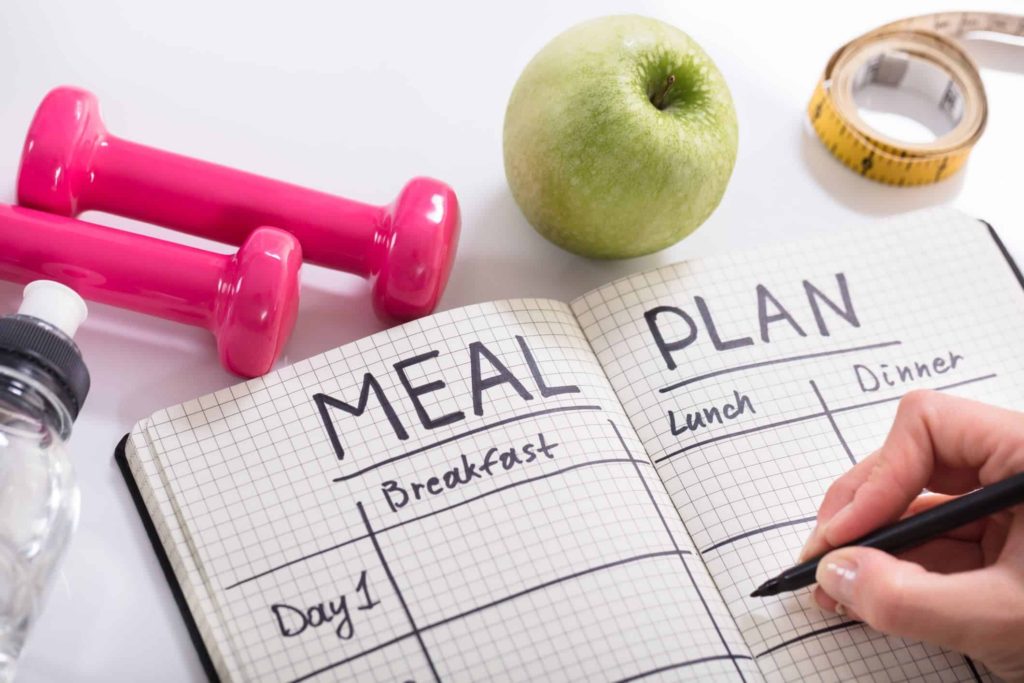Have you heard of intermittent fasting (IF) for weight loss? You probably think it’s just one of the weight loss regimens to try that can either be effective or not. If you try to research online, you will discover that this is one of the world-famous health and fitness programs today. Typically, people are into IF to lose weight and improve their blood sugar.
If you are one of the many who are into a fat-burning journey and you’d want to try IF, it is better to know what exactly this diet program is. Before you get into intermittent fasting, you should know how it works and if anyone can try it. Once you’ve identified the facts about IF and the other important information about it, then, you’re ready to try the 10 effective ways you will also discover here.
What is Intermittent Fasting?
According to Healthline Media, “Intermittent Fasting is an eating pattern that cycles between periods of fasting and eating.” This method does not provide you with specific foods to eat. Instead, it teaches you the right or perfect time to eat them. In connection to this, IF is not a form of diet if you look at the conventional way of losing weight.
Instead, it is an eating program or pattern with methods which commonly involve 16 hours of fasting daily for 24 hours, 2 times a week. The best thing about intermittent fasting for weight loss is that it is among the very few diet programs that let you eat everything. Simply, by reducing your appetite and with less calorie intake, IF can help you lose weight.
How Does this Fasting for Weight Loss Impact the Body?

Fasting gives your body various effects, specifically on the molecular and cellular level. When your body fasts, you start mobilizing glycogen from both your muscles and liver. Then, when your glycogen stores become depleted, your metabolism shift. Therefore, you start mobilizing fat and use it to develop ketones.
Ketones are an energy source that brings power to the brain in a different manner, making it function more effectively. The primary ketone also called Beta-HBA, is popularly regarded as a super-fuel that generates ATP energy more effectively than glucose. More so, this particular ketones is protecting the neuronal cells coming from the toxins linked to Parkinson’s and Alzheimer’s diseases.
What are the Effective Ways to do the Intermittent Fasting?
Intermittent fasting for weight loss engages completely or partly abstaining from eating at a particular given time. Several studies have it that there may be a lot of benefits like better health and fat loss when doing the IF. More so, supporters of this eating pattern are quite simpler to maintain if compared to the other programs like the calorie-controlled and traditional diets.
Below are 6 of the most commonly used types of intermittent fasting:
1. 16-hour fasting
This means you have to fast for 16 straight hours each day to make it more effective. To do this, you need to leave an 8-hour eating window. That is why people call it the 16:18 method or the Leangains diet. With this eating habit, if you are a man, you need 16 hours every day (and 14 hours for women) to do the 16:18 fasting.
A result of a study on mice shows that restricting and feeding window to 8 hours shielded them from diabetes, inflammation, liver disease, and obesity. These are still the findings even if the said animals also if humans consume the same total calorie count as the mice’s even if they consumed whatever they wished.
2. 12-Hour Fasting
This method of IF may be suitable for different individuals. It has a rule, so simple to follow. Indeed, someone needs to decide on following the 12-hour fasting window each day. Research studies have it that fasting between 10 and 16 hours can result in the body to transform its fat stores into energy.
This particular energy then releases ketones into the bloodstream. Such a procedure should promote weight loss. More so, this type of IF is a perfect choice for beginners or first-timers because fasting window is relatively small or short. Additionally, most of this fasting in this method takes place during sleep.
Example of this time-restricted eating habit is choosing to fast from 7 p.m. to 7 a.m. Meaning, you should have finished your dinner before 7 p.m. and wait for 7 a.m. to eat your breakfast.
3. 5:2 Intermittent Fasting
This IF type is also popularly called the 5:2 diet. It engages eating, typically 5 days of each week with calorie restriction to about 500 to 600 every 2 days of each week. You can also call this the fast diet, recommending that men should consume 600 calories while women, 500 calories.
For instance, Mondays through Thursdays, you usually eat. Then, on Thursdays, you consume 2 small meals of about 250 calories for women, and 300 for men).
Despite effectiveness to some people who have tried the 5:2 IF, there are still some critics who correctly emphasize that no particular studies have proven its positive results. However, it is undeniable that there are many health benefits of intermittent fasting.
4. 24-Hour, Once-a-Week Intermittent Fasting
For this, an individual can have calorie-free beverages and teas. Fasting completely for a day or two each week, which you can also call the eat-stop-eat diet engages not eating food for straight 24. You may opt to fast from breakfast to breakfast the next day, or lunch to lunch the following day.
If you are planning to do the 24-hour intermittent fasting, you can have tea, water, or any other calorie-free drink during the 24-hour fasting period. To avoid side effects, you should go back to your regular eating patterns during your non-fasting days.
5. Upfront Skipping of Meals to Lose Weight
With this kind of IF, you need not follow a specific structure or plan to gain some of the benefits and reduce body fat. A great option is to miss out on meals from time to time, especially when you’re not hungry. For example, if one day, you don’t feel hungry, then, skip breakfast and simply eat a health-friendly lunch and dinner.
6. Alternate Day Fasting
You will discover several variations of alternate-day fasting programs involving intermittent fasting every other day. For most people, alternate day fasting refers to total avoidance of solid foods while on a fasting period. Others, on the other hand, allow for up to 500 calories. During the break from fasting, you can choose to eat whatever you want.
Study shows that intermittent fasting, mainly alternate day fasting is effective for heart health and weight loss, whether you are a healthy or overweight individual. This type of fasting is quite an intense form of IF. Therefore, it may not be appropriate for a beginner or someone with a health condition or chronic disease.
Conclusion

There may be different ways to do intermittent fasting. Some may find all methods effective and appropriate for them. However, most people who have tried it find just one, two or three of the 5 IF types useful. Whichever among these suits you best, few tips may work for all or any.
First, have an early dinner and break your fasting after 10, 12, 14, or 16 hours, whichever is appropriate. During the break, eat nuts or fruits and have your meal 20 minutes after the fasting period ends.
Second, guarantee that you eat the right wholesome meals during a break from fasting. Examples of these are home-cooked dishes containing fats, protein, and carbs. Quality of food matters a lot. Therefore, stick to only nutritious and healthy foods when you are doing the intermittent fasting.
Lastly, exercise along with your IF. You cannot achieve success in weight loss if you are not physically active. Remember, if you combine this eating pattern with a regular workout, you can gain all the benefits you’ve always wanted. You can also burn calories fast and more effective.

